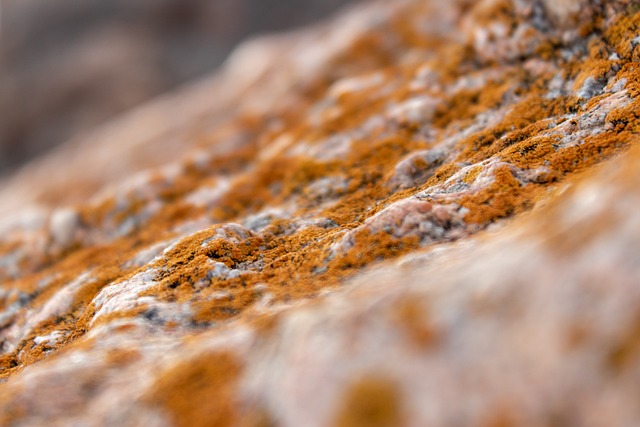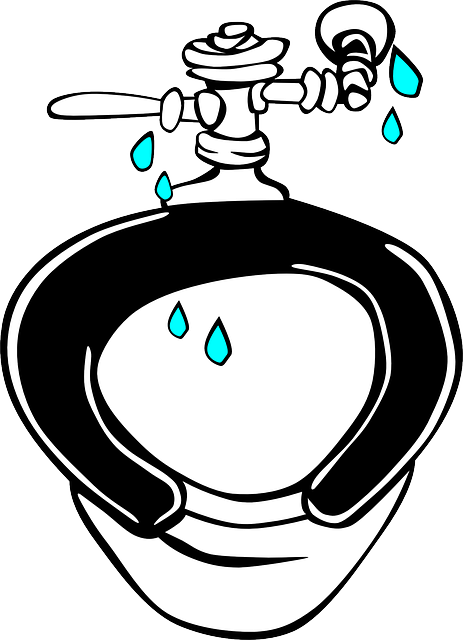Attic mold is driven by moisture from leaky roofs, poor ventilation, or high humidity, exacerbated by temperature fluctuations due to insufficient insulation. To fix it, identify and address moisture sources, improve ventilation, enhance insulation, and clean affected areas with specialized products. Regular inspections and maintenance prevent recurrence. For severe cases, professional remediation is recommended to mitigate health risks associated with attic mold.
Attic mold can be a serious issue, impacting both your home’s structural integrity and your family’s health. Understanding why attic mold forms is the first step towards a solution. This comprehensive guide delves into the causes, signs, and potential health risks associated with attic mold growth. We provide effective prevention techniques and detailed steps on how to fix and remove attic mold, ensuring your home remains a safe and healthy environment.
- Understanding Attic Mold: Causes and Conditions
- Identifying Signs of Attic Mold Growth
- Health Risks Associated with Attic Mold
- Prevention Techniques to Stop Attic Mold
- Effective Steps to Fix and Remove Attic Mold
Understanding Attic Mold: Causes and Conditions

Attic mold is a common yet problematic issue in many homes, often hidden away in the quiet darkness above our heads. Understanding its causes and the conditions that foster its growth is the first step in knowing how to fix attic mold effectively. Moisture is the primary catalyst for attic mold; it can originate from various sources like leaky roofs, poor ventilation, or high humidity levels within the home. Insufficient insulation and aging attics also contribute to temperature fluctuations, creating the perfect environment for mold spores to thrive.
When moisture accumulates in an attic space, it provides the ideal conditions for mold to develop and flourish. Over time, this can lead to not only unsightly discoloration on surfaces but also significant structural damage if left unaddressed. To fix attic mold, identifying and rectifying the underlying moisture issues is crucial. This may involve repairing leaks, improving ventilation systems, or enhancing insulation to maintain a dry and well-ventilated attic environment.
Identifying Signs of Attic Mold Growth

Attic mold growth can often go unnoticed until it becomes a significant problem, but there are several signs that indicate its presence. One of the most obvious symptoms is an unusual musty odor persisting in your home, especially in attics or crawl spaces. This is because mold thrives in damp environments and produces volatile organic compounds (VOCs) that give off such odors. Another visual cue is discolored spots on insulation, ceiling tiles, or other attic surfaces. These spots can range from black, green, or even white and may appear fuzzy or powdery.
To confirm the presence of mold, inspect your attic for water damage or leaks, as these are common causes. Check for condensation buildup, especially during winter months when temperature differences between the attic and living spaces create a more favorable environment for mold growth. If you suspect an issue, professional inspection is recommended to identify the extent of the problem. Once identified, understanding how to fix attic mold involves proper cleanup and remediation techniques, ensuring a healthy and safe living space.
Health Risks Associated with Attic Mold

Attic mold can pose significant health risks to homeowners and their families. When mold grows in attics, it can produce harmful spores that, when inhaled, may lead to a range of respiratory issues such as coughing, sneezing, nasal congestion, and even asthma attacks. Individuals with compromised immune systems or pre-existing respiratory conditions are particularly vulnerable. Moreover, prolonged exposure to attic mold can cause allergic reactions, eye irritation, and skin rashes.
Addressing attic mold is crucial for maintaining a healthy living environment. The first step in fixing attic mold is identifying the source of moisture that’s enabling its growth, which could be leaks from roofs, windows, or plumbing issues. Once the source is located, it must be repaired to prevent future mold formation. Next, the affected area should be thoroughly cleaned and disinfected using specialized products designed to kill mold spores. If the infestation is extensive, professional remediation services may be necessary to ensure complete removal and avoid recurring problems.
Prevention Techniques to Stop Attic Mold

To stop attic mold from forming, implement preventive techniques such as ensuring proper ventilation and maintaining optimal humidity levels. Regularly inspect your attic for any signs of moisture intrusion, addressing leaks promptly from roofs or windows. Consider installing a dehumidifier to keep humidity below 50%, creating an inhospitable environment for mold growth. Additionally, seal all cracks and gaps in the attic area to prevent dust and moisture from entering. Regular cleaning and maintenance, including washing and replacing air filters, further contribute to a mold-free attic.
How to fix attic mold involves a multi-step approach. First, identify and rectify any sources of moisture or water damage. Then, thoroughly clean affected areas using a mixture of water and mild detergent. After drying completely, apply an anti-mold treatment to inhibit future growth. Regular monitoring and prompt action are key; regular inspections can help catch mold issues early, making them easier and less costly to address.
Effective Steps to Fix and Remove Attic Mold

Attic mold can be a significant issue, but addressing it is a feasible process. The first step involves identifying the source of moisture, which could be leaks from roofs or windows, high humidity levels, or inadequate ventilation. Once located, immediate action must be taken to rectify the problem. This may include repairing damaged shingles, sealing leaks, improving insulation, and enhancing ventilation by installing exhaust fans or opening vents.
Next, it’s crucial to safely remove any existing mold growth. Wear protective gear, including a mask, gloves, and goggles. Use a combination of commercial mold removal products and water to clean the affected area thoroughly. After cleanup, ensure proper drying to prevent mold from returning. Regular inspection and maintenance can help keep your attic dry and mold-free in the long term.
